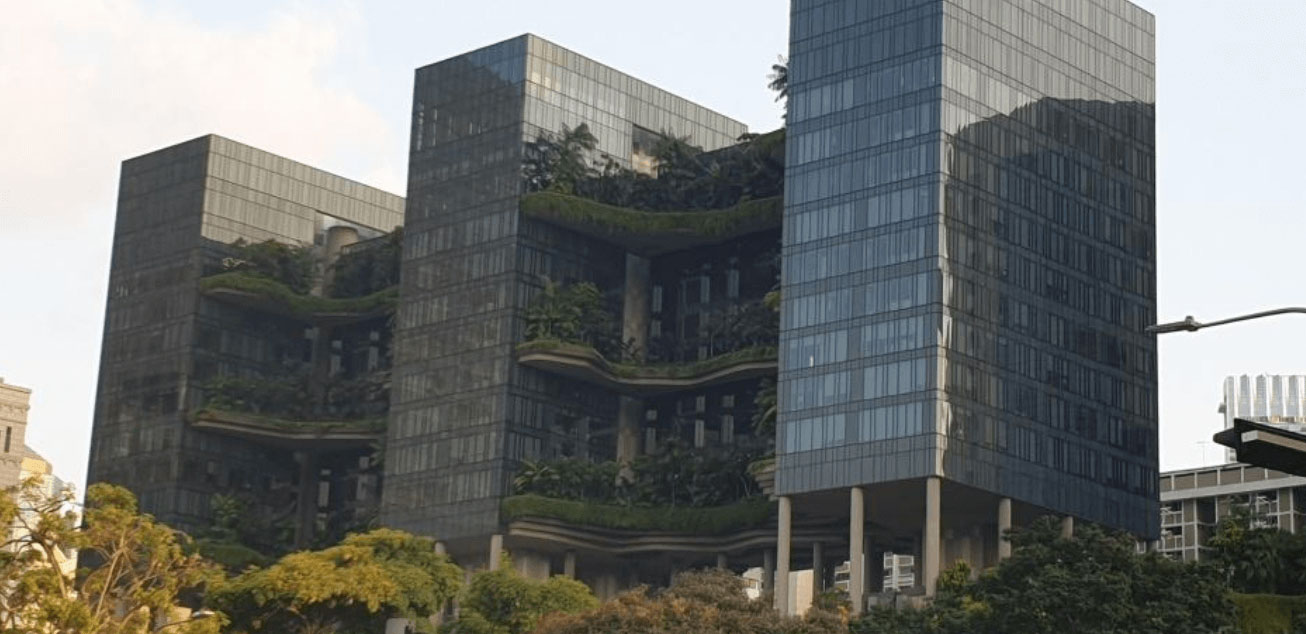Planning in Melbourne places a high priority on greenery and particularly trees around the City. They are important to our identity as a ‘garden city’ and valued as making our suburbs green and leafy. But they also have a huge impact in offsetting the ‘Urban Heat Island Effect’ (UHIE). The following is a good explanation of the UHIE:
The most striking characteristic of an urban microclimate is the urban heat island (UHI) effect. Urban areas become significantly warmer than surrounding areas when there is less green cover and more hard surfaces which absorb, store and radiate heat. 1
The following are knock-on effects of the UHIE:
- Cities can be up to 6 degrees warmer than the surrounding countryside.
- There is a greater need to use cooling and therefore energy.
- The radiant heat from the UHIE is considered both a product of global warming, but also a contributor.
So, for reasons of character and environment sustainability, there is a strong need for the greening of our cities. Some Councils have sought changes to their planning schemes to allow for greater setbacks to facilitate more opportunities for the planting of canopy trees. Monash CC were the first to seek 5m rear setbacks for their residential areas, and have achieved this (in part) through a planning scheme amendment – C125.2
Whittlesea has recently followed enabling 5m rear setbacks to large areas zoned General Residential. I am a big supporter of these amendments. They ensure that many suburban areas of Melbourne, even as they are redeveloped, will have a 10m planting strip along the rear fence-line. This can support some medium-sized canopy trees, which will have a cooling affect.3
On a recent trip to Europe and Asia I saw some interesting examples of planting in areas with limited opportunity. Istanbul – a city of 18 million people was laid out long ago. Often this was with narrow streets and densely developed buildings. It is not easy to retrofit this style City with extensive greenery. But they do plant wherever they can. One of the smartest ways they have achieved planting has been green walls along freeways. Instead of concrete (and more heat) they plant vertical gardens.
Many European cities are favouring green roofs and green walls to new buildings. These provide insulation to buildings greatly reducing radiant heat. Melbourne is experiencing an increased move to roof-tops that incorporate cafes, bars or communal open space areas. These can all be vegetated.
Singapore is even more striking. Most main streets incorporate a median strip with tree planting. Wider streets include significant nature strip planting. Some buildings have incorporated large terrace areas for planting (see photo below).

Melbourne is already a very green City thanks to the forethought of early surveyors, especially Robert Hoddle. The early layout allowed for large parks and large avenues that would include median strips. And we have excellent street tree planting. Nonetheless, enhancing planting with methods described above would make us one of the most advanced cities in rebutting UHIE.
- NSW Government – Adapt NSW website
- Amendment C125 enabled some residential areas to have 5m rear setbacks, but not all areas
- Note: Side-by-side dual occupancies are one of the best ways to achieve these setbacks, but can be opposed by some local planning policies
